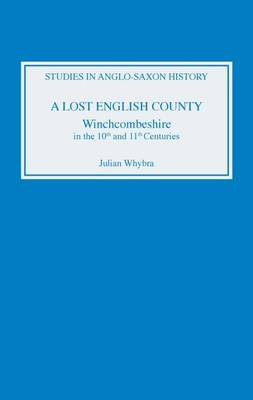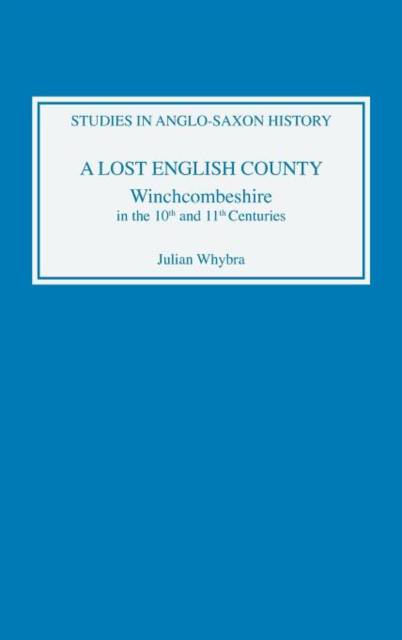
- Afhalen na 1 uur in een winkel met voorraad
- Gratis thuislevering in België vanaf € 30
- Ruim aanbod met 7 miljoen producten
- Afhalen na 1 uur in een winkel met voorraad
- Gratis thuislevering in België vanaf € 30
- Ruim aanbod met 7 miljoen producten
€ 177,45
+ 354 punten
Omschrijving
Julian Whybra's research into the history and boundaries of the vanished shire has uncovered important evidence relating to the early organisation of land tenure in one of the most turbulent periods in the history of England. The history of Winchcombeshire is no obscure tale of a lost shire: the story of its creation, development and demise is intricately interwoven with the story of the development of England prior to the Norman Conquest and the fabric of government which rules our lives to this day. Winchcombeshire comprised what is now the Cotswold area of Gloucestershire and Worcestershire, and its centre was at Winchcombe. A scribe's tantalising marginal addition to the heading of an early-11th-century charter started Julian Whybra's quest for the history and boundaries of the vanished shire, and his research has uncovered important evidence relating to early organisation of land tenure in one of the most turbulent periods in the history of England, dating from the reconquest of England from the Vikings in the early 10th century, through the monastic reform movement that divided England's rulers in the mid-10th century, to the Danish wars under Aethelred the unready in the early years of the 11th century. JULIAN WHYBRA studied at the universities of East Anglia and Cambridge, where he was a Fellow of Girton College and undertook much of the work on which this book is based. His main field of interest is Anglo-Saxon history and he is currently working on the boundaries of the kingdom of the East Saxons and on the nature of the shire-foundation in England. He lives in Essex.
Specificaties
Betrokkenen
- Auteur(s):
- Uitgeverij:
Inhoud
- Aantal bladzijden:
- 146
- Taal:
- Engels
- Reeks:
- Reeksnummer:
- nr. 1
Eigenschappen
- Productcode (EAN):
- 9780851155005
- Verschijningsdatum:
- 1/02/1990
- Uitvoering:
- Hardcover
- Formaat:
- Genaaid
- Afmetingen:
- 156 mm x 234 mm
- Gewicht:
- 385 g

Alleen bij Standaard Boekhandel
+ 354 punten op je klantenkaart van Standaard Boekhandel
Beoordelingen
We publiceren alleen reviews die voldoen aan de voorwaarden voor reviews. Bekijk onze voorwaarden voor reviews.










